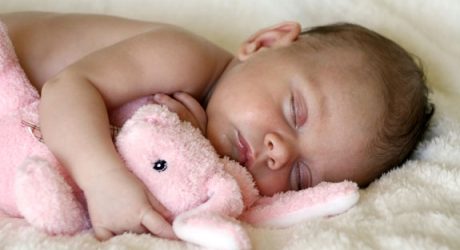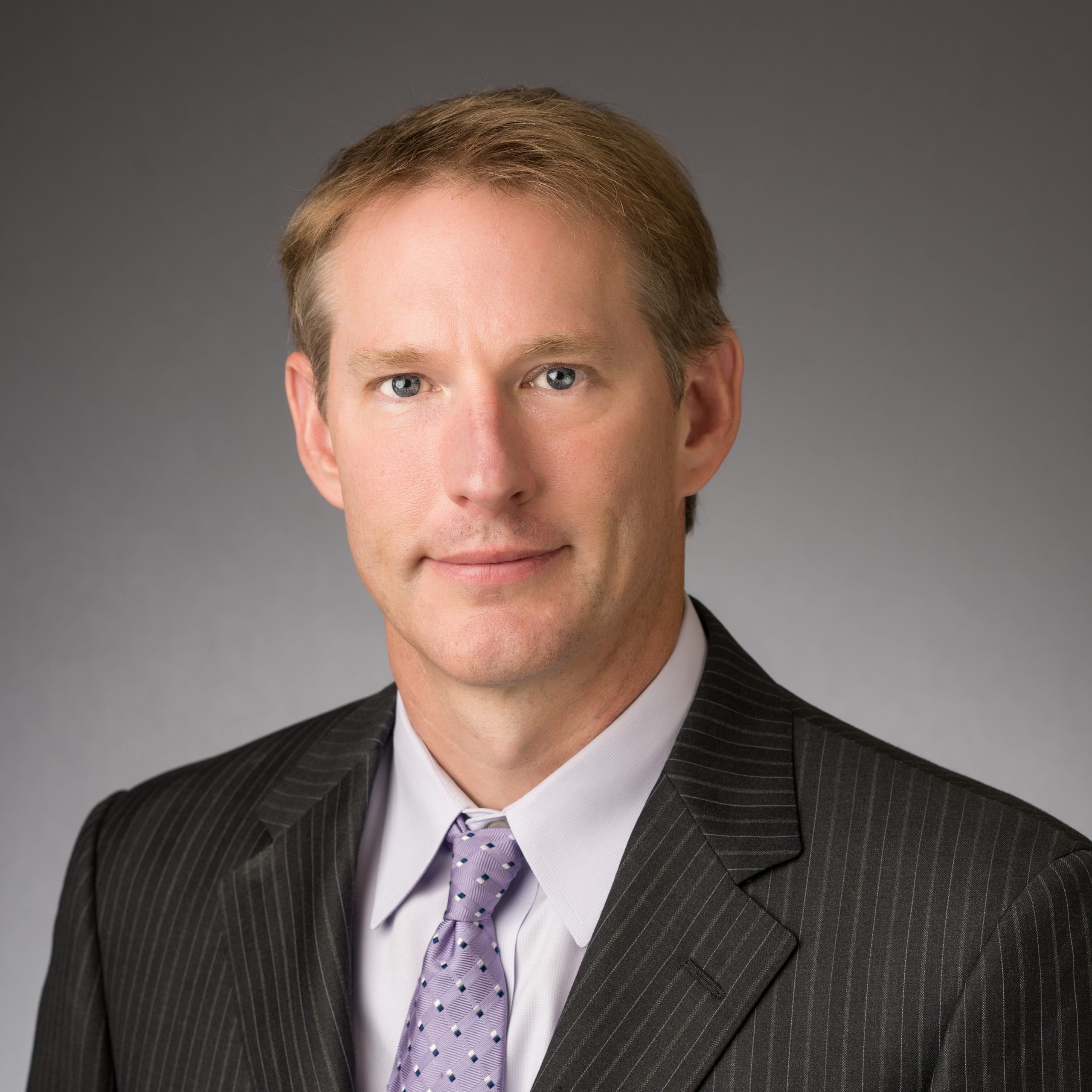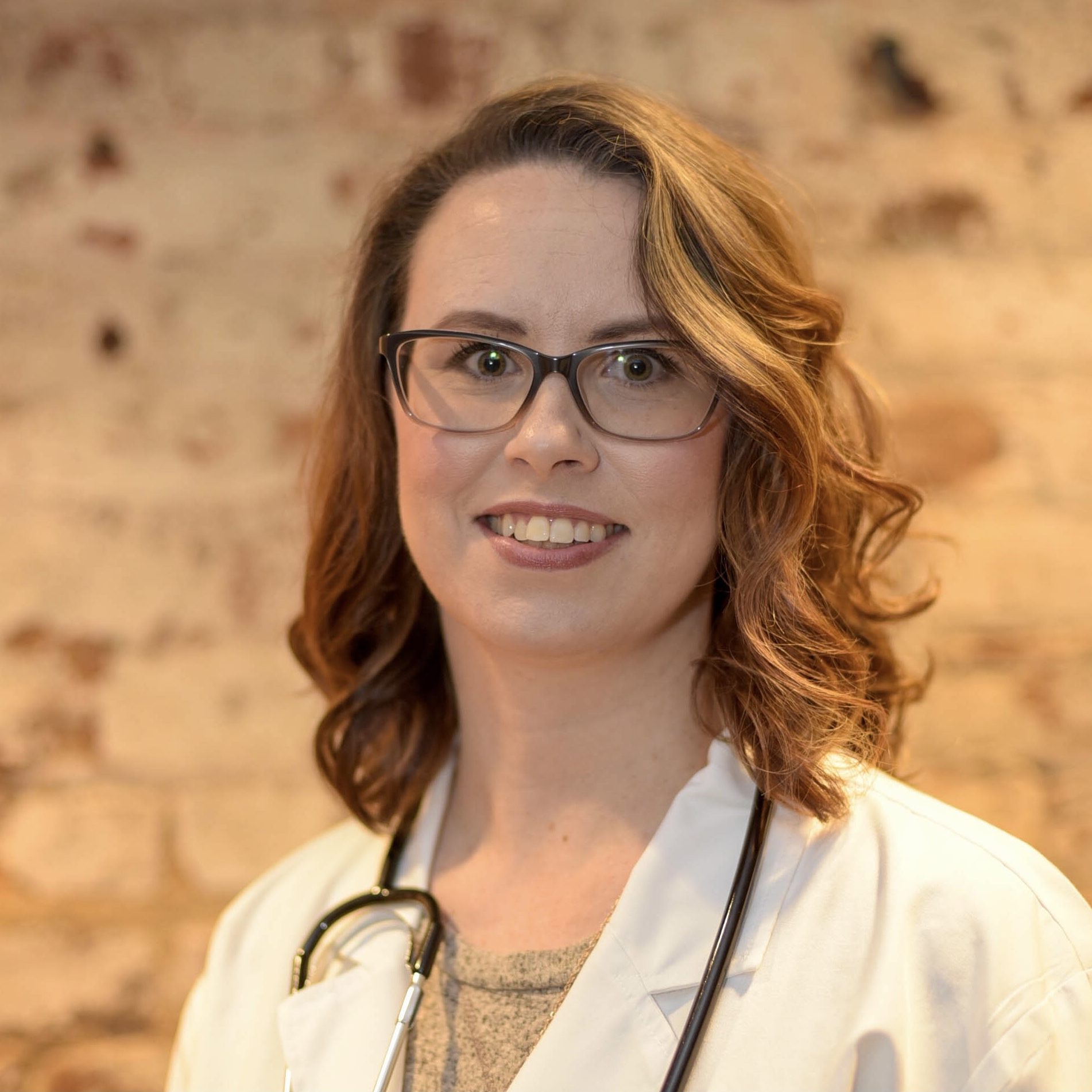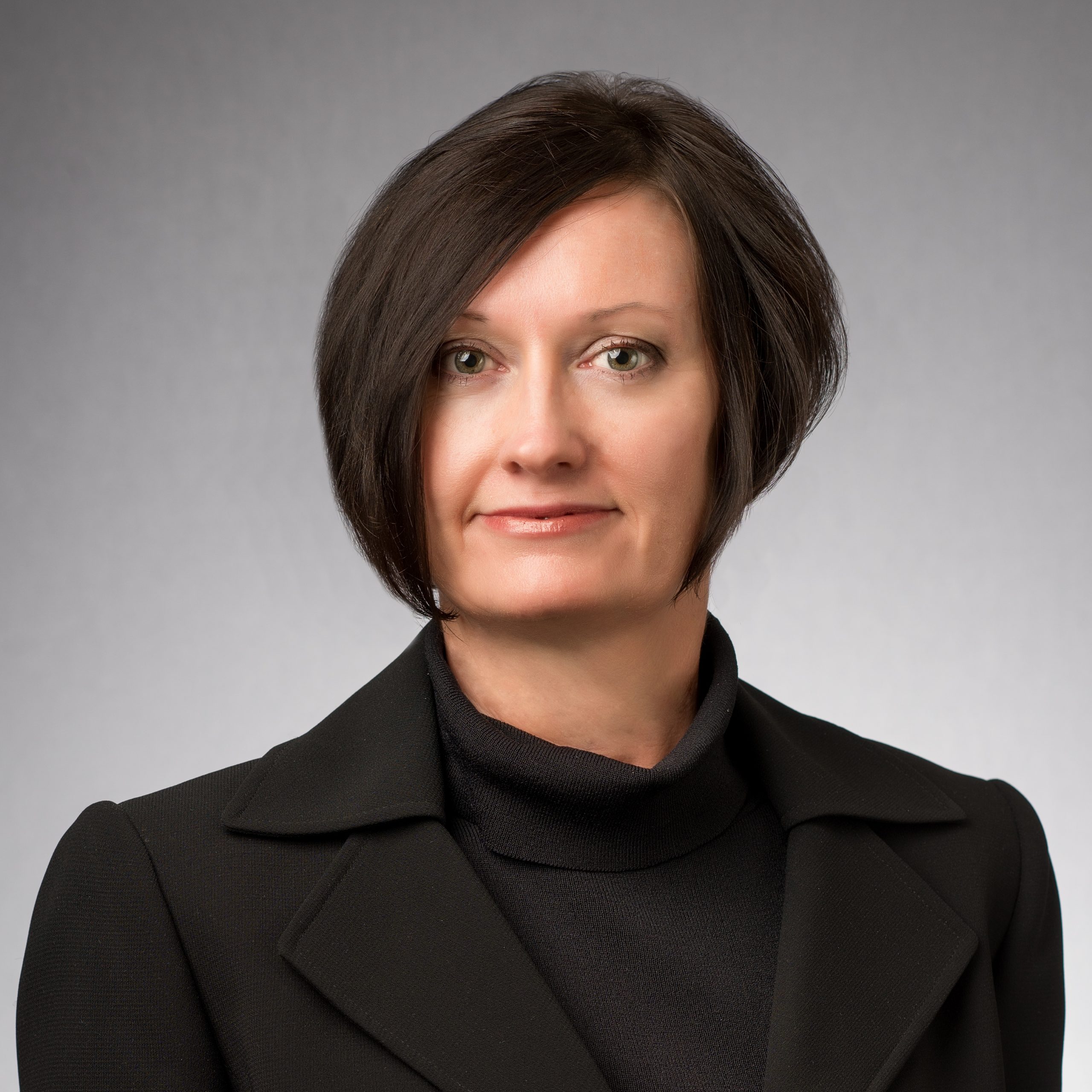Services: SLEEP DISORDERS
Sleep apnea is becoming increasingly common in the American population. Adequate sleep is an absolute necessity for normal human function. Most experts believe the average adult requires 7 to 8 hours of normal sleep for good health and optimal performance. Sleep restriction or interruption of 6 hours or less has been shown to cause cognitive performance deficits and fatigue. The Southeastern ENT, Allergy, & Sleep Disorders Institute is dedicated to treating the entire spectrum of sleep conditions which may impair a normal quality of life.
Sleep Apnea
Sleep Movement Disorders
Chronic Insufficient Sleep
Office Hours
| Mon - Thur | 8:00 - 5:00 |
| Fri | 8:00 - 4:00 |
Allergy Shot Hours
| Mo, Tu, Th | 8:10 - 4:45 |
| Wed | 1:00 - 4:45 |
| Fri | 8:10 - 3:45 |
Make An Appointment
We look forward to caring for you!
(803) 509-7200
Visit Our Office
SLEEP APNEA

- Are there complaints that you snore, skip breaths, or gasp at night?
- Do you wake up from a full night of sleep and still feel tired?
- Does your bed partner complain of poor sleep due to your sleep habits?
If you answered yes to any of these questions, you may be suffering from obstructive sleep apnea syndrome (OSAS). Sleep apnea refers to a reduction or cessation of breathing during sleep and is caused by an anatomic blockage of the nose and/or throat. During sleep, a decrease occurs in the activity of muscles that keeps the airway open. This laxity leads to an increase in the collapsibility of the airway and can lead to significant airway obstruction. Patients who are overweight typically have thicker neck tissues and a smaller airway diameter that poses greater risk. In children, enlarged tonsils and adenoids are often responsible for the decreased airway caliber. This obstruction greatly affects gas exchange in the lungs and can lead to lower levels of oxygen in the blood (hypoxemia). This loss of oxygen places stress on the heart and lungs and leads to “arousals”—disruptions of the normal brain activity during sleep necessary to tighten the airway muscles and restart breathing. Due to these frequent arousals, patients with sleep apnea get fragmented sleep and, over time, complain of non-refreshing sleep and constant sleepiness. Chronic snoring is a major symptom of obstructive sleep apnea and is often the reason for referral to a sleep specialist. Loud and interrupted mouth breathing is usually seen in children with sleep apnea and is often due to enlarged adenoids and tonsils.
Obstructive sleep apnea has been clinically linked with obesity, hypertension, heart and lung disease, stroke, and unexplained sudden death. It also leads to chronic daytime sleepiness that greatly impairs memory, mood, and mental focus. In children, sleep apnea is associated with impaired learning and hyperactivity due to a decrease in concentration. In short, obstructive sleep apnea greatly impairs a patient’s quality of life and may pose a significant health threat.
Symptoms of Obstructive Sleep Apnea
- Snoring, gasping, snorting in sleep (at all ages)
- Breathing cessation (apnea)
- Daytime fatigue
- Morning headaches
- Memory/concentration problems
- Irritability
- Difficulty in controlling high blood pressure or diabetes
Non-surgical treatments for sleep apnea include lifestyle changes, oral appliances and CPAP (Continuous Positive Airway Pressure). CPAP works by applying air pressure via a mask to the nasal and oral airways to “splint” the tissues open and prevent obstruction. It is the considered the gold standard for obstructive sleep apnea treatment. When CPAP and other conservative measures fail, surgery to widen the air passages in the nose and throat is often recommended (see Sleep Apnea Treatment).
In normal weight children, tonsillectomy and adenoidectomy has a high rate of success in eliminating sleep apnea. Occasionally, nasal surgery to decrease the size of the turbinates will also be performed at the same time.
Dr. Gunnlaugsson is a Board Certified Sleep Specialist who manages all aspects of sleep apnea diagnosis and treatment. These areas include:
- Obtaining a thorough patient history and detailed anatomical exam of the airway and offending structures.
- Ordering diagnostic tests such as a Polysomnogram (Sleep Study), which Dr. Gunnlaugsson personally reviews and interprets.
- Initiating treatment with CPAP and verifying patient tolerance, compliance, and effectiveness.
- Recommending and performing surgical procedures to treat sleep apnea in patients who are intolerant to CPAP.
Sleep Related Movement Disorders
- Do you complain of unpleasant sensations in your legs at night?
- Do you feel the need to move your legs to relieve discomfort at night?
- Does your partner complain of limb movements disturbing their sleep at night?

- An urge to move the legs, usually accompanied by uncomfortable sensations in the leg.
- Unpleasant leg sensations which are worsened by periods of inactivity or rest, such as at night when in a bed.
- Leg sensations which are relieved with movement.
- Sensations which are worse, or only occur, in the evening or night.
Restless Leg Syndrome can occur in families and typically progresses slowly over time. It can also occur with pregnancy, iron deficiency, kidney disease, and with patients on certain medications (e.g. antidepressants). Restless Leg Syndrome can greatly affect the ability to obtain comfort in bed and, therefore, affect sleep. There are numerous medications available for the treatment of RLS, and Dr. Gunnlaugsson can help identify each patient’s specific needs.
Approximately 80% of patients with RLS will also have a condition called Periodic Limb Movement Disorder (PLMD). Periodic limb movements are observed as the flexing of toes, knees, and thighs that occur during sleep. These movements can cause arousals from normal sleep and lead to sleepiness during the day. These movements are also seen in patients with sleep apnea (both before and during CPAP treatment) and narcolepsy during a sleep study. Periodic limb movements, in the absence of Restless Leg Syndrome, often do not require any therapy. It is important to work with a sleep specialist who can decipher the clinical importance, if any, of nighttime limb movements.
Have you been told that you sleepwalk or demonstrate unusual behaviors at night?
Does your child wake up confused or screaming during the night?
If these types of behaviors have been witnessed at night, a parasomnia may be present. Parasomnias are unwanted behaviors that occur during the night, often without the affected person’s knowledge. They are common in children and can also affect adults. It is important to consult a sleep specialist in order to classify the type of parasomnia. Most childhood parasomnias, such as night terrors or confusion-arousal disorder, require only parental education and improvement in the sleep environment until the disorder is outgrown. Complex or violent behaviors, however, need further examination to protect the patient and rule out a neurological disorder (e.g. frontal lobe seizures).
Other disorders typically evaluated by a sleep specialist:
- Insomnia
- Shift Work Sleep Disorder
Chronic Insufficient Sleep
Symptoms and Treatments

- Are you chronically sleepy or fatigued?
- Does the sleep that you get feel “non-refreshing”?
While excessive daytime sleepiness or fatigue is often due to sleep apnea, there are other conditions that may impact a patient’s level of wakefulness. The most common of these is chronic insufficient sleep. Due to our hectic lifestyles, many Americans are getting increasingly less sleep. Most individuals need 7-8 hours of sleep nightly to maintain a normal level of alertness. Obviously, there are some individuals who need more or slightly less than this amount. Many individuals get less than adequate sleep during the work week and then recover on the weekends. In some individuals, this sleep debt accumulates and leads to chronic fatigue and tiredness. By understanding the need for sleep and eliminating other causes for the daytime sleepiness, a patient can quickly recover by simply extending their sleep time and modifying habits.
Narcolepsy is a frequently misunderstood and under-diagnosed condition in the medical community. Narcolepsy is thought to be an acquired condition with a strong genetic component. Predisposed individuals undergo an autoimmune loss of brain cells which affects the major arousal pathway of the brain. This loss leads to decreased alertness during the day and fragmented sleep during the night. All patients with narcolepsy complain of excessive daytime sleepiness and the need for frequent, short daytime naps. Many patients with Narcolepsy also have complaints of unusual hallucinations that occur at sleep onset or sleep termination. They may also have short durations of paralysis upon awakening despite being conscious. Finally, patients with narcolepsy may have a brief loss of muscle tone during times of strong emotion such as laughter. This occurrence is referred to as cataplexy and is a symptom specific to narcolepsy. These other symptoms are due to intrusions of dream-like sleep conditions (REM sleep) into the wakeful state and can be highly intrusive. Narcolepsy is felt to affect 1/2000 Americans and can be subtle and difficult to diagnose.
Dr. Gunnlaugsson has experience in diagnosing and treating patients with Narcolepsy. After obtaining a proper diagnosis, patients can often be managed via stimulant medications and frequent, planned naps. While this is lifelong condition, most patients obtain good control of their symptoms and maintain normal lifestyles.
We look forward to caring for you!
(803) 509-7200






